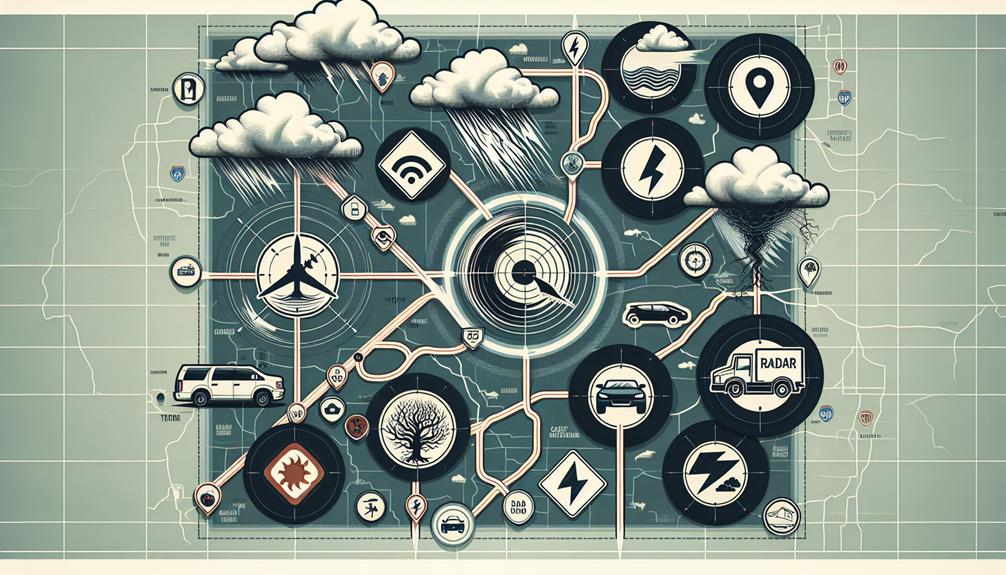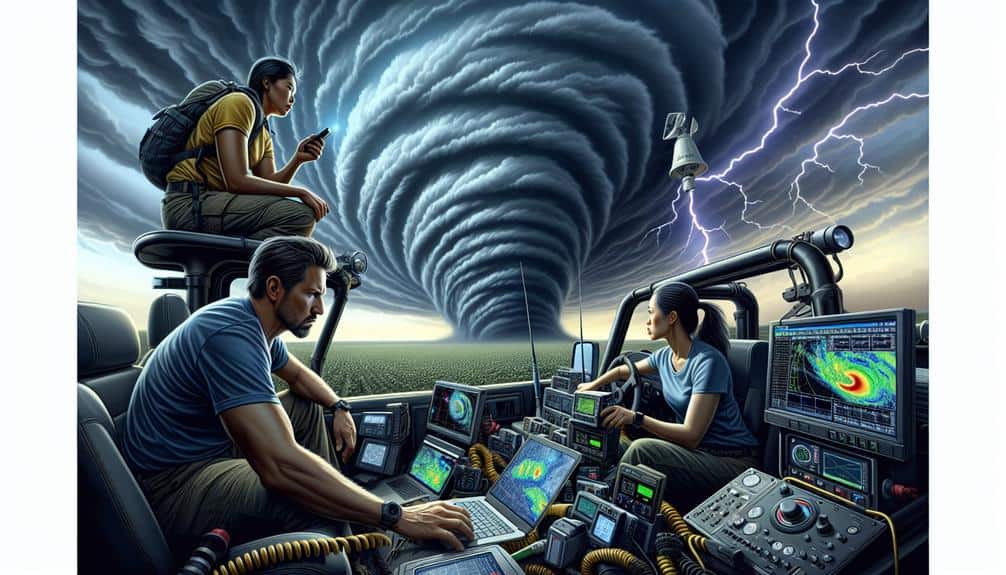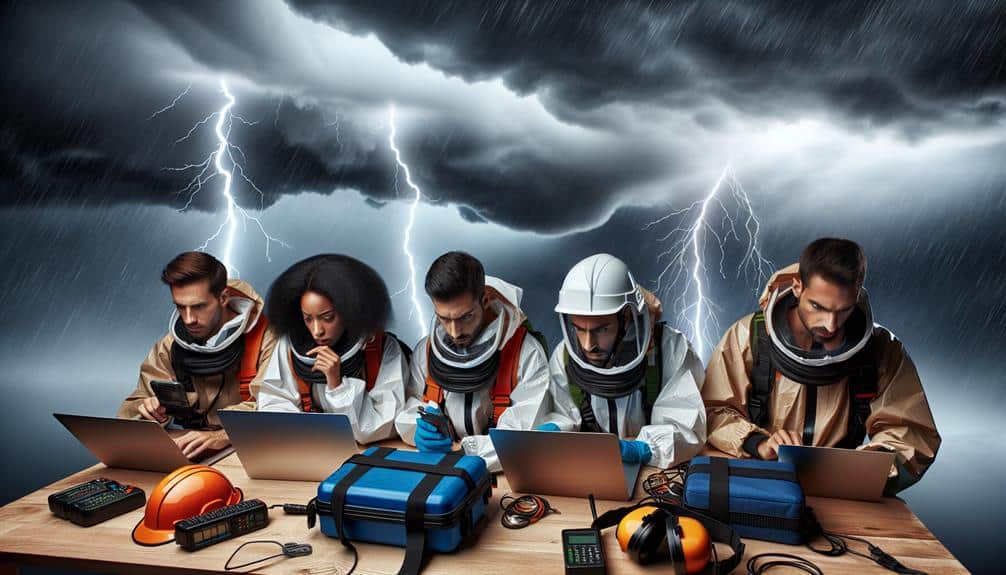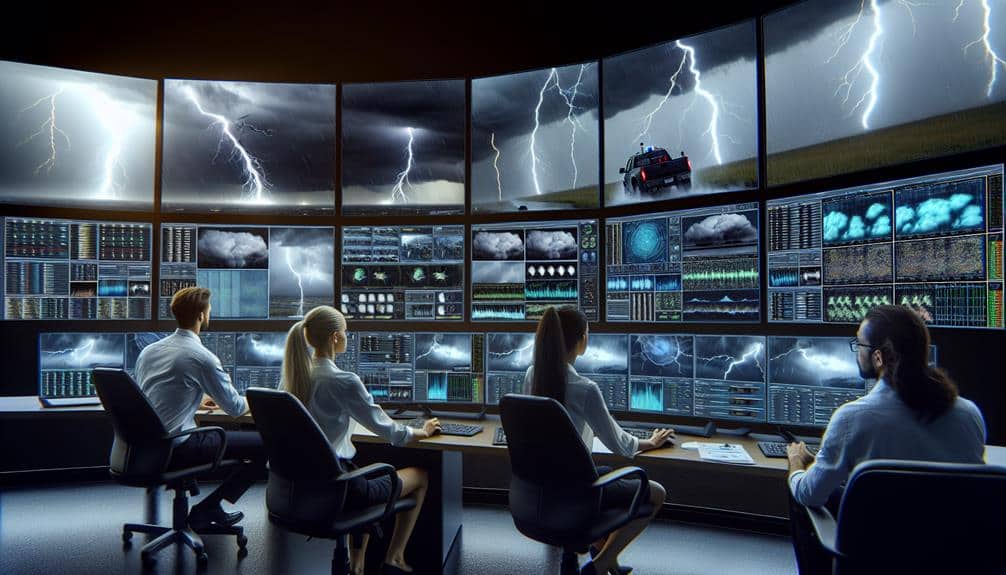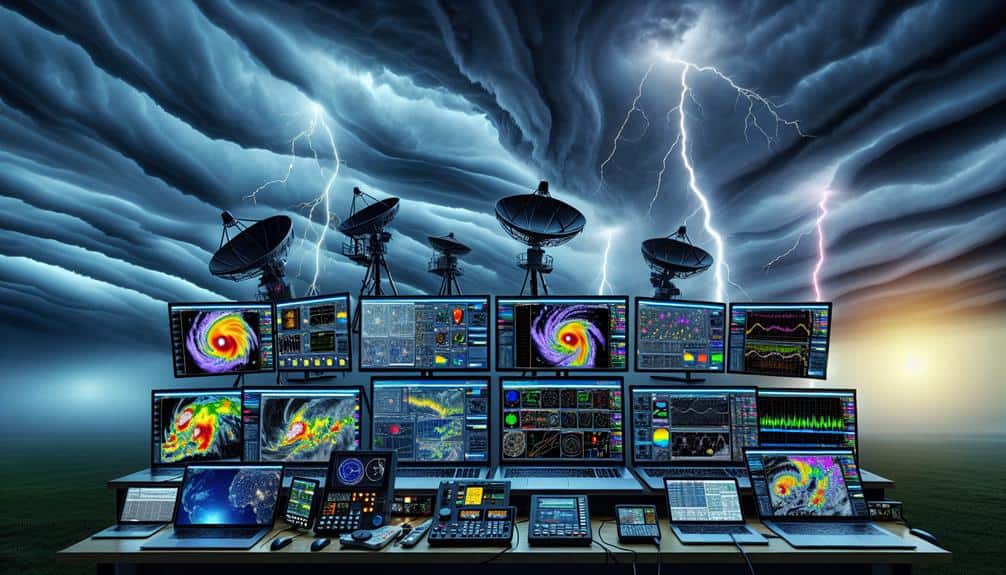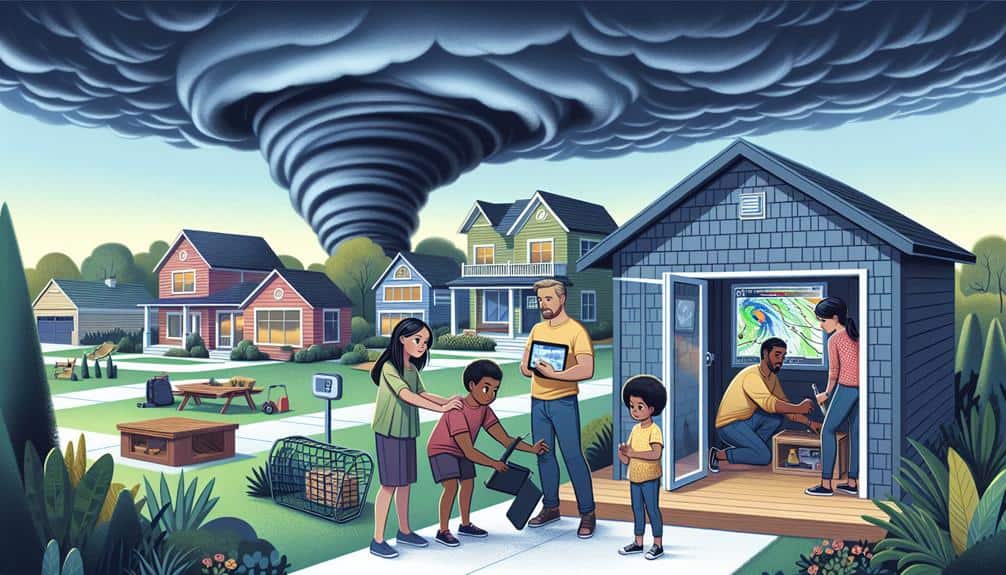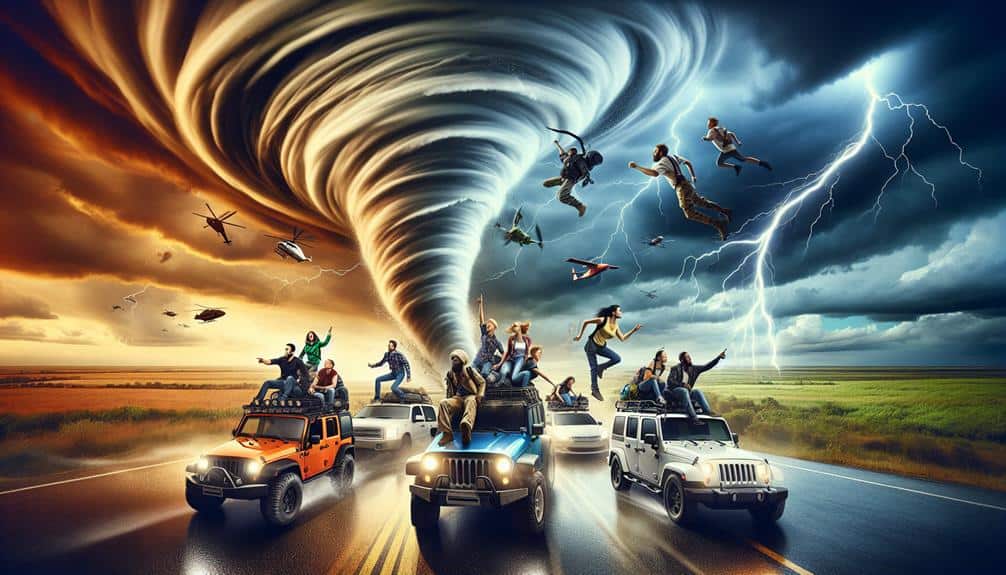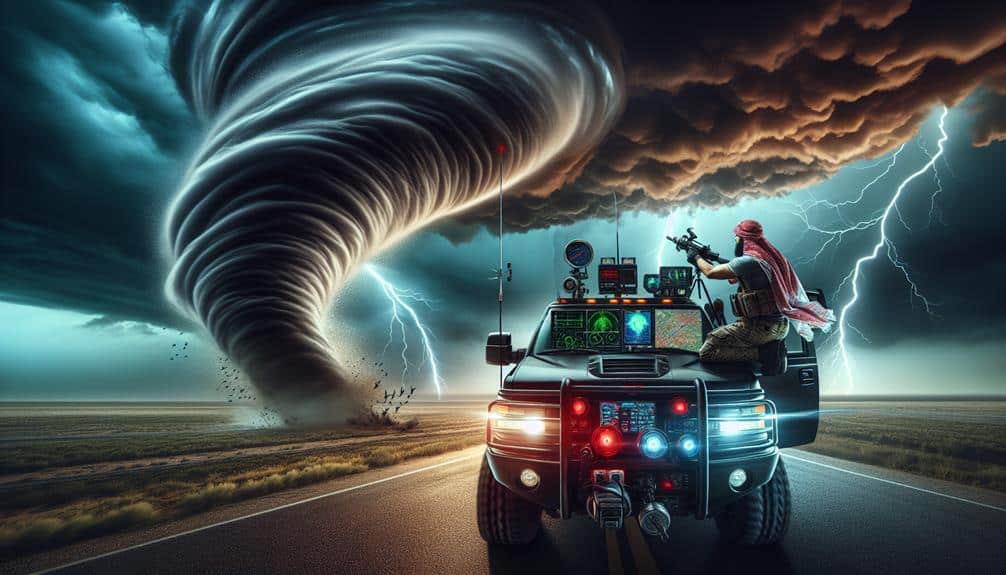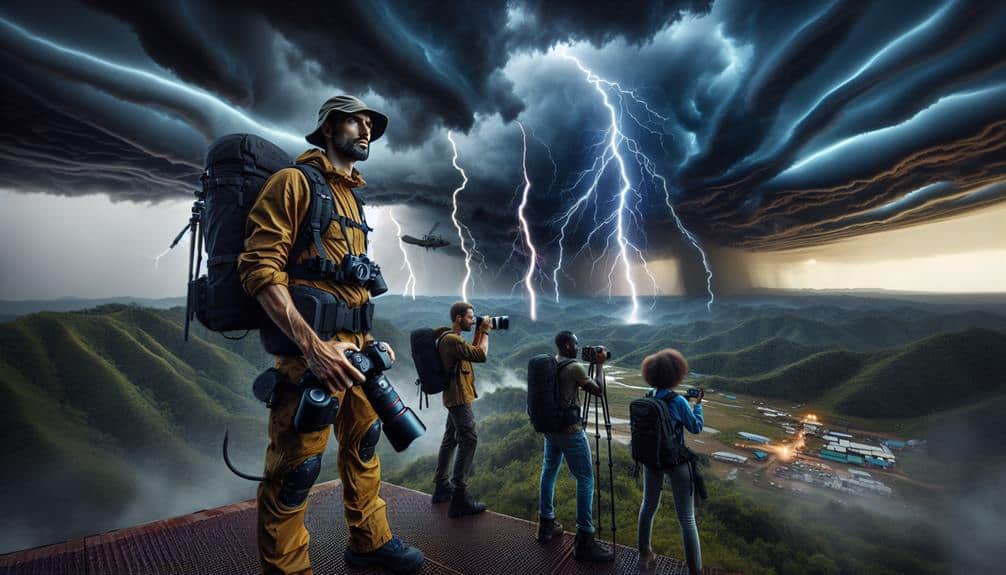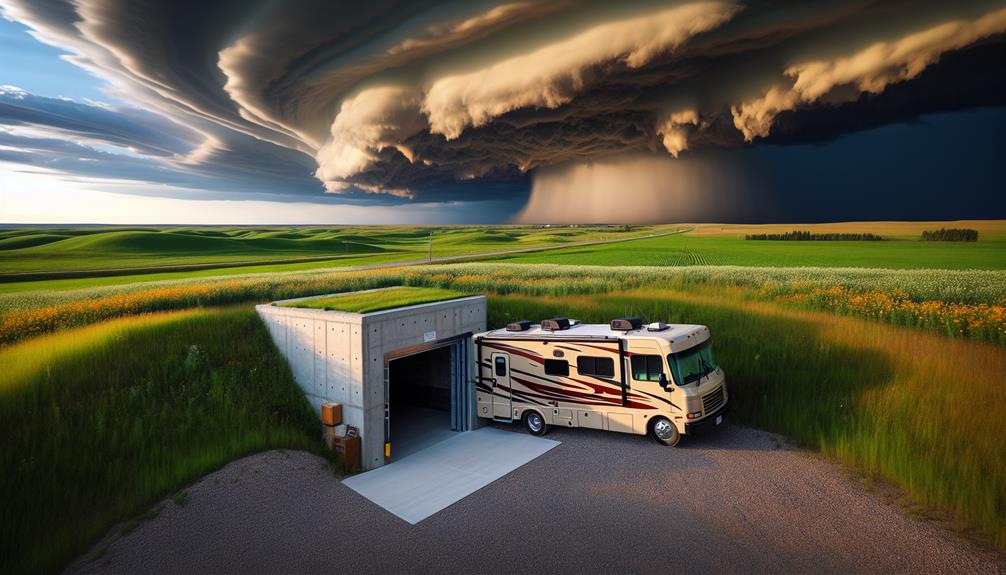Analyzing Road Network for Safe Storm Chasing
We examine road networks for safe storm chasing by integrating data-driven analytics and real-time weather monitoring. We evaluate road surface materials to predict traction during adverse conditions, using GIS maps to visualize flood-prone zones. By leveraging traffic sensors and GPS data, we map potential bottlenecks and model traffic behavior. Our focus includes evaluating road infrastructure […]
Analyzing Road Network for Safe Storm Chasing Read More »
